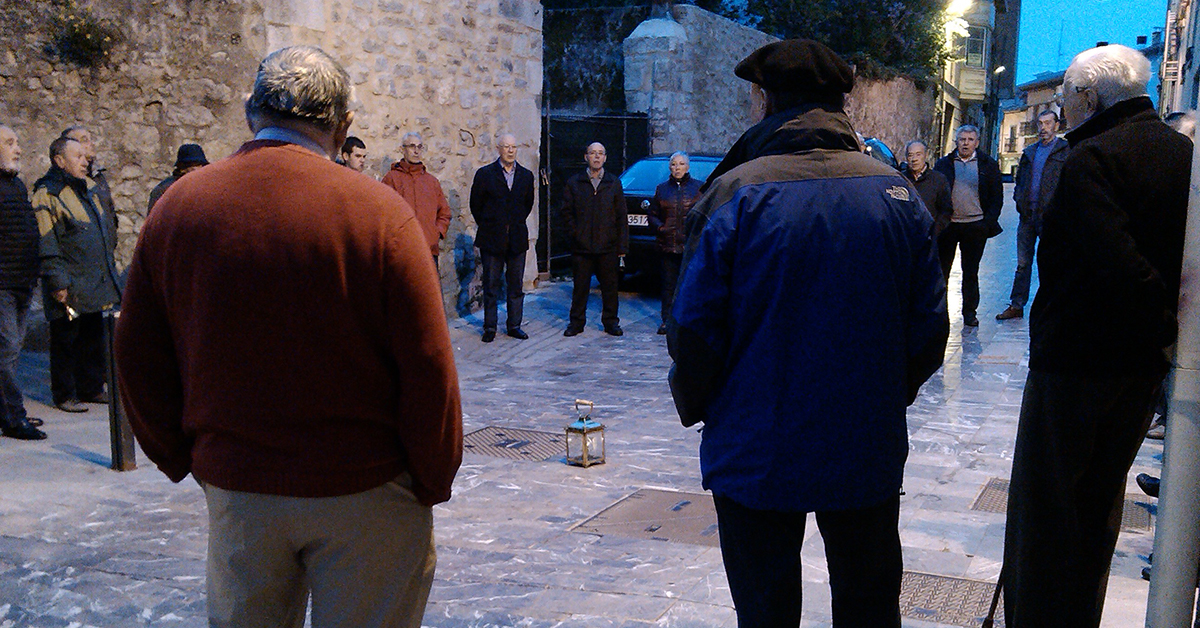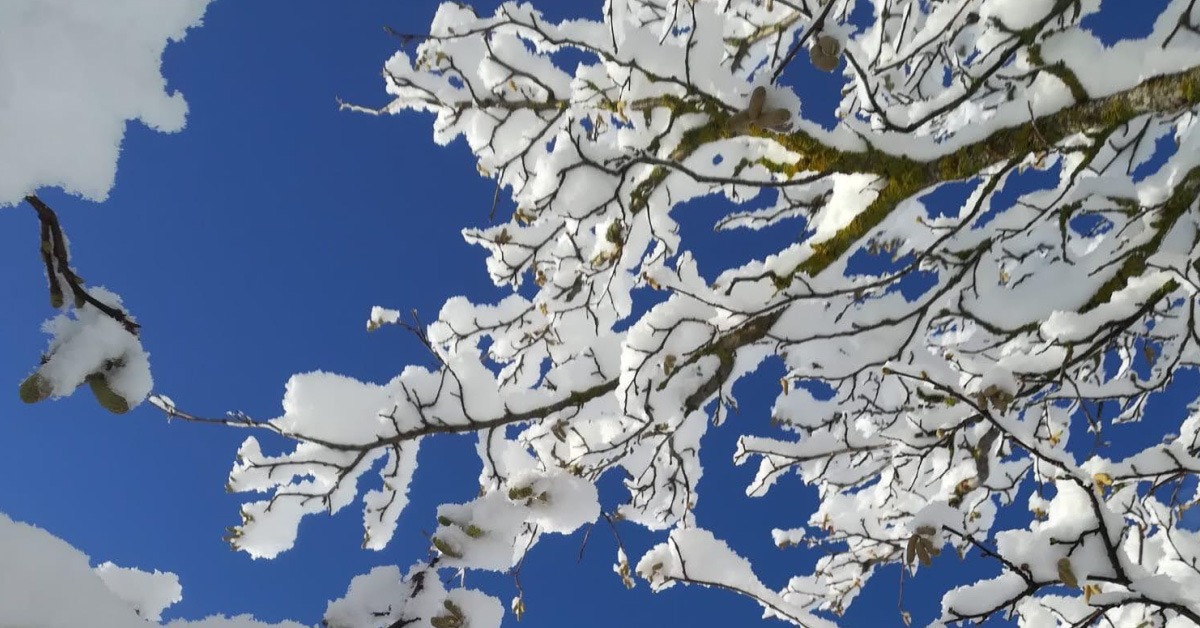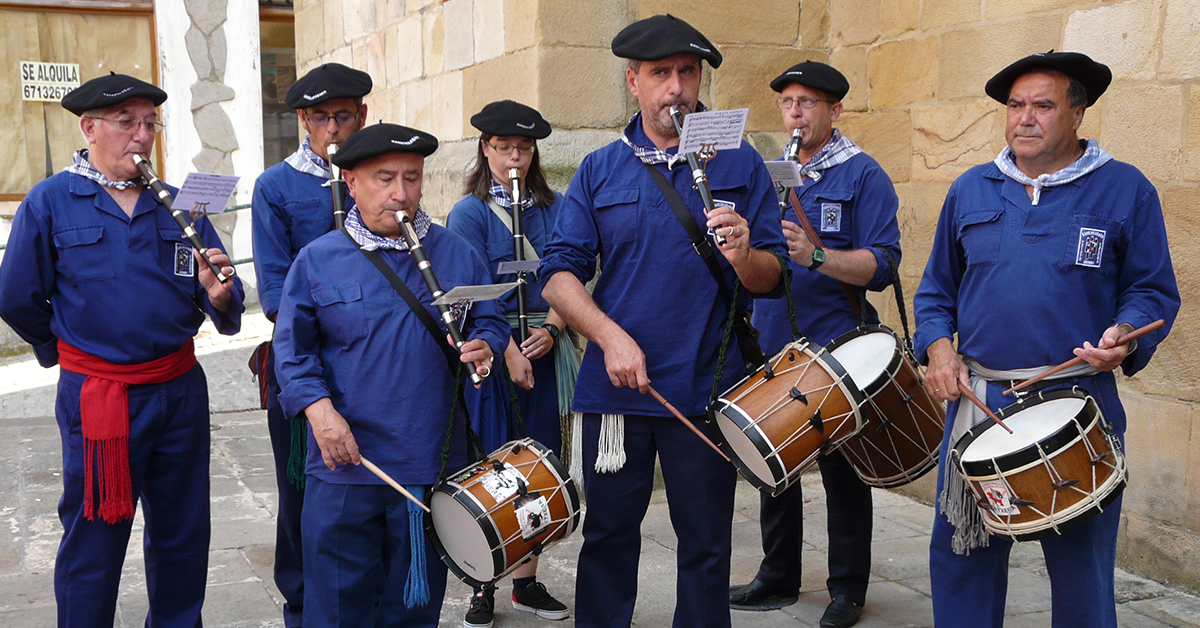Basque ethnography at a glance

Women farmers at Mungia (Bizkaia) Market. Photo credit: Akaitze Kamiruaga. Labayru Fundazioa Photographic Archive.
Yesterday, on 2 December and to mark Basque Language Day, Bilbao City Council paid tribute to the vendejeras [women selling their wares at market] who continue to bring their produce to La Ribera Market; in recognition of the many decades that they have bought the Basque language of their different areas to Bilbao, along with the produce from their vegetable gardens.
Nowadays, it is unlikely that many people under fifty will have ever heard the word “vendeja”. The vendeja is the fruit and vegetable produce that the baserritarras (women farmers) take to market. And vendejera is used to refer to the women selling their wares.
Dawn songs have been a crucial aspect of popular worship in the rural world and which still persist in the early 21st century (or at least that was the case until the pandemic) in different towns of Álava. The songs have some characteristics in common, but each place has its own specific traits.
“Auroros, despertadores or rosarieros” brotherhoods who called the faithful to say the rosary of the dawn (aurora) were known to already exist back in the 17th century. Yet the heyday was from the 18th century onwards, when the worshiping of the rosary was also at its zenith. Rosaries thus began to be sung on Sundays and feast days to simple and popular melodies. Organised groups formed lamp or bell processions, that called the local residents to say a rosary at the first mass of the morning and referring to the saint and feast day in question, to whom the rosary would be dedicated.
Now we are going to deal with the white colour (zuri), to close the trilogy that we started with red (gorri), and continued with black (beltz). Not surprisingly, these three colours are, following the Scottish anthropologist Victor Turner, those that synthesize the symbolism of primitive human being, manifesting in dual opposition. As he tells us in his book The Forest of Symbols, from the contrast of the colours white and red, or black and white, all the rites of primitive societies can be explained, and of course, the Basque would not be an exception.
From the point of view of the language, the etymology of zuri (white) is not transparent, but it seems that most philologists agree, since Azkue, in relating it to wood (zura), and more specifically to the internal part of the tree trunk, which is usually whitish in colour.
The use of a hewn pipe seems to date back to prehistoric times, but it would be in the Middle Ages when a musical revolution occurred and when the melodic combination of the three-holed fipple flute and the rhythm of the tabor drum by the same player (jesters and minstrels) would develop and spread throughout Western Europe (Italy, France, Spain, Portugal and even be taken to The Americas). In the 16th century, the jesters and minstrels taught courtly dances and livened up tournaments or the social events of the nobility. Those unwonted scenes inspired the popular classes to adopt that figure in their civil and religious celebrations, festivities, processions, pilgrimages, ceremonies where the entertainment was provided by peddlers. Paradoxically, there were all known by the same widely used name of “taborers” (danbolin). In around the 18th century, given their musical development and evolution in courtly and plebeian settings, a bitter struggle broke out between those who could and those who could not read music (in their search for fame and fortune from their performances).




